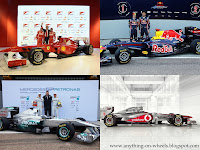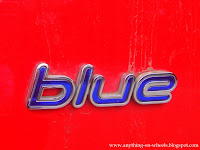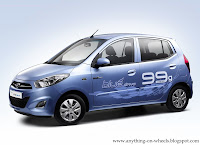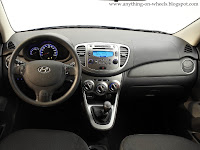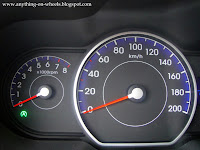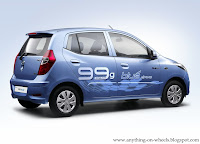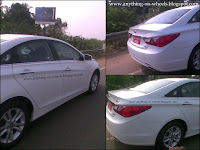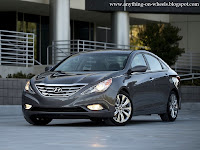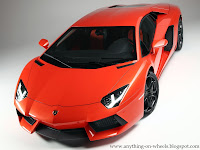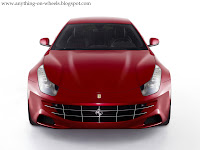Not content with competing head-on in the luxury segment with their mainstream models, the popular German trio of Mercedes-Benz, BMW and Audi are also joining the party of the super-rich populace with their range of ultra luxury models. If you remember, Daimler launched the facelifted Maybach and Audi took the wraps off the R8 V10 supercar in the not too distant past.
So, when both BMW and Audi launched their top-end roadsters in India on exactly the same date, the 25th of March 2011, they were just trying to spoil each other's party and divert the attention of the media and the public. Now, that's competition at its absolute best.
So, when both BMW and Audi launched their top-end roadsters in India on exactly the same date, the 25th of March 2011, they were just trying to spoil each other's party and divert the attention of the media and the public. Now, that's competition at its absolute best.
 BMW launched the 6 Series convertible in a snazzy event held in Udaipur, the City of Palaces. Powered by a V8 engine that churns out over 400 HP, the 6 Series is both fast and seductive. Being a brand-new model in BMW's line-up and coming here close on the heels of its international launch, the 6 Series convertible is priced at 95 Lakh Rupees. I guess its only a matter of time before BMW expands the 6 Series lineup with the Coupe and the 'M' variants.
BMW launched the 6 Series convertible in a snazzy event held in Udaipur, the City of Palaces. Powered by a V8 engine that churns out over 400 HP, the 6 Series is both fast and seductive. Being a brand-new model in BMW's line-up and coming here close on the heels of its international launch, the 6 Series convertible is priced at 95 Lakh Rupees. I guess its only a matter of time before BMW expands the 6 Series lineup with the Coupe and the 'M' variants. Audi, on the other hand, launched the R8 Spyder in Mumbai with an ex-showroom price of Rs 1.45 Crore. This is already the third variant of the car to be offered in India after the R8 V8 and the R8 V10 hardtops. Powered by a V10 engine sourced from Lamborghini, the R8 Spyder churns out over 500 HP to literally bowl us off our feet with its acceleration and speed.
Audi, on the other hand, launched the R8 Spyder in Mumbai with an ex-showroom price of Rs 1.45 Crore. This is already the third variant of the car to be offered in India after the R8 V8 and the R8 V10 hardtops. Powered by a V10 engine sourced from Lamborghini, the R8 Spyder churns out over 500 HP to literally bowl us off our feet with its acceleration and speed.Both these cars, with their gorgeous looks, monstrous power, insane speed, ultra luxurious interiors, open-top fun and a hefty price tag have just added to the miseries of the super-rich, who are already spoilt for choices.
Pics Source: Team-BHP (www.team-bhp.com)


